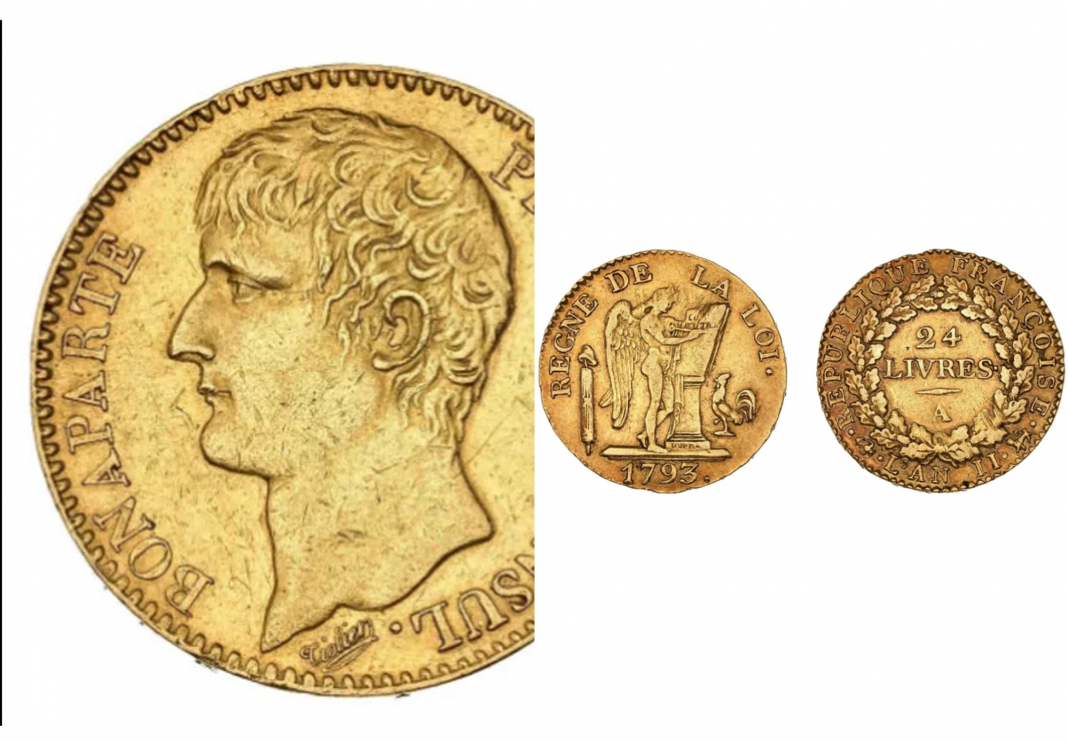A marble sculpture long mistaken for a replica has turned out to be a rare and original work by legendary French sculptor Auguste Rodin. After sitting quietly on a piano in a French family’s living room for decades, the piece has now fetched nearly $1 million at auction — and rewritten a small chapter in art history.
A masterpiece hiding in plain sight
For over a century, a delicate marble sculpture sat atop a family piano in central France. Nestled among framed photographs and heirlooms, it was viewed as little more than a decorative object — a charming, if unremarkable, piece believed to be a copy of something more significant. The family that owned it had no idea they were living with a lost treasure crafted by one of France’s most celebrated sculptors.
The sculpture, titled Le Désespoir (Despair), was rediscovered in late 2024, after having vanished from public record since it was last sold in 1906. The artwork depicts a solitary female figure seated on a rock, her body curled inward in a moment of emotional vulnerability. It was created by Auguste Rodin between 1892 and 1893, originally intended as part of his monumental project The Gates of Hell — a vast sculptural portal populated by more than 200 figures.
Auctioneer Aymeric Rouillac recounted the moment of discovery with a mix of amusement and awe. “They told me, ‘It’s a fake, it’s a copy,’” he said in an interview with CNN. But Rouillac’s curiosity led him to dig deeper — and his suspicions were confirmed: the sculpture was an authentic Rodin marble, rare and largely undocumented.
A rare Rodin, in marble

Rodin’s name is most commonly associated with The Thinker or The Kiss, iconic bronzes that have been reproduced and exhibited globally. While bronze casts of his work are still produced today under the authority of the Musée Rodin — to whom Rodin bequeathed the rights — original marble sculptures by the artist are far more elusive.
“Marbles in private collections are rare,” said Jérôme Le Blay, a Rodin expert and director of the Comité Rodin. Most are held in institutions such as the Musée Rodin in Paris or other major international museums. That rarity, combined with the pristine condition of Le Désespoir, made the piece a true collector’s gem. Despite its modest dimensions — just 28.5 cm tall — the sculpture exudes the emotional gravity and masterful technique that define Rodin’s best work. Its reappearance after nearly 120 years has stirred excitement among art historians and collectors alike. As Le Blay noted, the sculpture possesses “a kind of magic” — both in its artistic presence and its improbable journey through time.
The drama of the auction
The auction, held by Rouillac’s firm, was a dramatic affair. The artwork had a compelling story and a confirmed provenance, and it quickly attracted global attention. Bidders from around the world vied for the rare marble, culminating in a “passionate” final round of offers.
In the end, the sculpture was acquired for 860,000 euros ($984,000) by a young banker from the West Coast of the United States — a fittingly modern twist in the tale of a 19th-century masterpiece. For Rouillac and his team, the sale was a career highlight. For the family who had unknowingly safeguarded the sculpture for generations, it was a once-in-a-lifetime revelation. “It’s a reminder that art still has secrets,” said Rouillac. “Sometimes the greatest treasures are the ones closest to home.”
From private memory to public legacy
What makes this story so compelling isn’t just the financial value of the sculpture, but the journey it represents — from obscurity to international recognition. It’s a case study in how the art world can still be surprised, even in an age of digital catalogs and museum archives.
That Le Désespoir was part of The Gates of Hell — Rodin’s sprawling meditation on human suffering and redemption — adds another layer of significance. Originally inspired by Dante’s Inferno, the monumental doorway is considered one of Rodin’s greatest achievements, and individual figures from the piece carry immense historical and artistic weight.
The rediscovery also prompts questions about what else might lie undiscovered in private homes and collections. As Le Blay pointed out, cases like this are increasingly rare, but not impossible. “There are still treasures out there,” he said. “Sometimes they’re right in front of us — we just don’t recognize them yet.”






